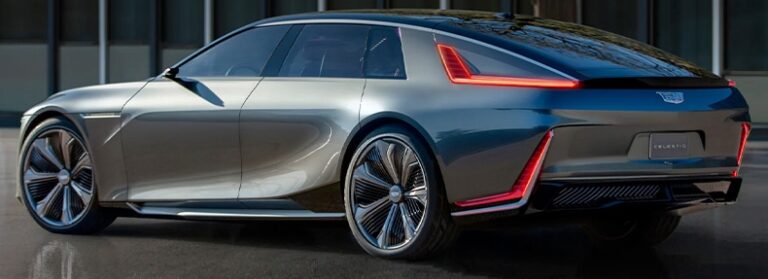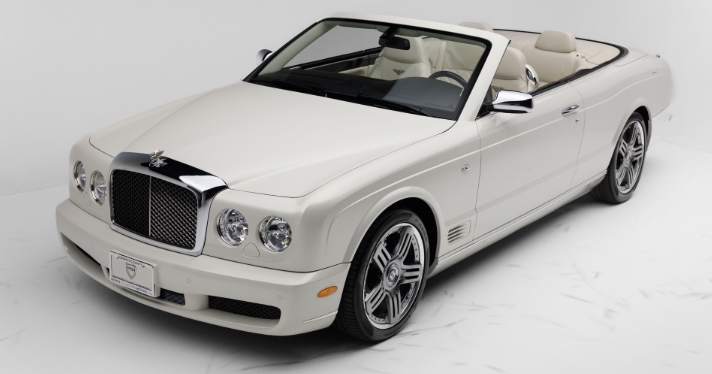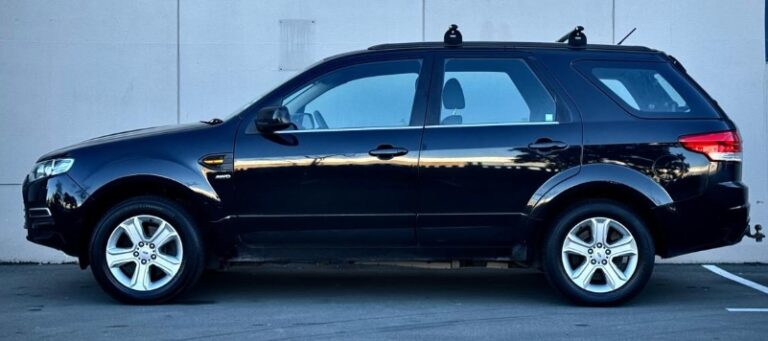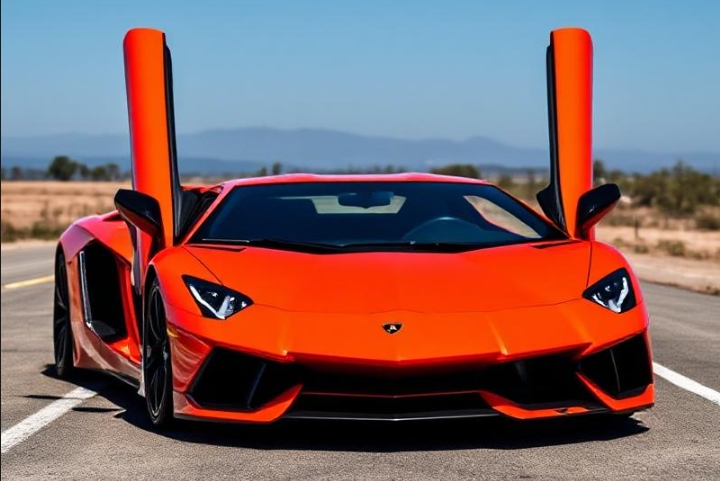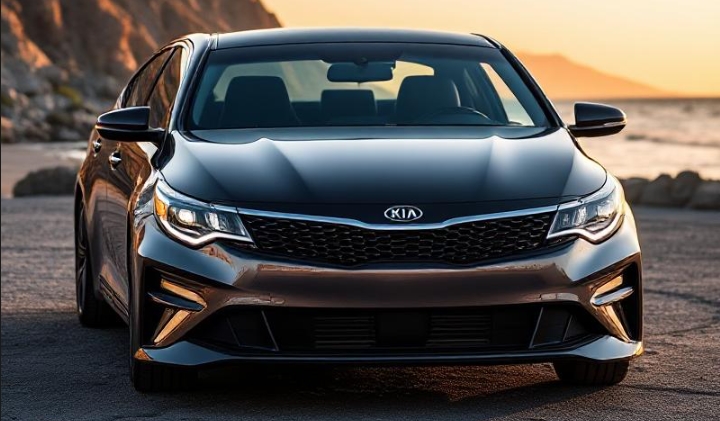Sculpted by Evolutionary Speed: The Seven-Year Reign of the McLaren 720S
In the rarefied air of the modern supercar, few vehicles have landed with the seismic impact of the McLaren 720S. When the covers were pulled off at the 2017 Geneva International Motor Show, the automotive world collectively paused. What stood before them was not merely a successor to the already formidable 650S; it was a paradigm shift. With its radical, aerodynamically-driven design, a revolutionary carbon-fiber chassis, and performance figures that bordered on the hypercar realm, the 720S instantly redrew the boundaries of what a series-production supercar could be. Its evolution over a six-year production run saw it not only solidify its legendary status but also spawn even more extreme and desirable variants, cementing its place as a definitive icon of its era.
The Benchmark is Born: The 720S Coupe (2017-2023)
The story of the 720S is fundamentally a story of engineering purity. McLaren’s Super Series, the core of its model line-up, needed a new champion to compete with Ferrari’s 488 GTB and Lamborghini’s Huracán. The 720S was more than just an answer; it was a statement of intent.
Its foundation was the Monocage II, a single-piece carbon fiber tub that, for the first time in a Super Series model, included the central roof structure. This was a direct evolution of the MonoCell used in its predecessors. The benefits were immense: it was significantly lighter and astronomically stiffer than a conventional metal chassis, providing an incredibly rigid platform for the suspension to work its magic. This structure also allowed for remarkably thin A-pillars and a teardrop-shaped glasshouse, granting the driver unparalleled visibility—a rarity in a mid-engined supercar.
At its heart lay the new M840T engine, a 4.0-liter twin-turbocharged V8. While an evolution of the previous 3.8-liter unit, McLaren claimed over 40% of its components were new. The name ‘720S’ was derived from its power output in metric horsepower: 720 PS, which translates to a staggering 710 brake horsepower (bhp) and 770 Nm (568 lb-ft) of torque. Mated to a lightning-fast seven-speed dual-clutch transmission, these figures propelled the 1,419 kg (dry weight) coupe from 0-60 mph in a mere 2.8 seconds and 0-124 mph (200 km/h) in a blistering 7.8 seconds, on its way to a top speed of 212 mph.
Perhaps its greatest technological marvel was the Proactive Chassis Control II (PCC II). This system completely did away with traditional mechanical anti-roll bars. Instead, it used a network of hydraulically interlinked dampers, accelerometers on each wheel, and advanced algorithms to predict and counteract body roll in real-time. The result was a car with a dual personality of unprecedented breadth: astonishingly comfortable and compliant on a bumpy road, yet razor-sharp, flat, and composed on a racetrack.
The design was its most controversial and brilliant aspect. Penned by Robert Melville, its form was dictated entirely by airflow. The most striking features were the deep, dark “eye sockets” that housed the LED headlights but also served as massive air intakes, channeling air to the low-temperature radiators. The double-skinned dihedral doors ingeniously guided air along the body side into the high-temperature radiators for the engine, eliminating the need for prominent side intakes and creating a pure, shrink-wrapped silhouette. At the rear, a full-width active rear wing deployed automatically for downforce, flattened for drag reduction, and angled sharply upwards to act as a powerful airbrake.
Throughout its production, the 720S Coupe was offered in three core trim levels:
Standard: The purest expression, with a focus on raw performance. The interior was more spartan, with technical fabrics and minimal adornment.
Performance: Aimed at the track-day enthusiast, this trim added extensive carbon fiber trim inside and out, complemented by an Alcantara-upholstered interior for a more purposeful, motorsport-inspired feel.
Luxury: Geared towards grand touring, this trim featured extended Nappa leather upholstery across the cabin, heated electric memory seats, and ambient lighting, creating a more opulent and comfortable environment.
Opening the Skies: The 720S Spider (2019-2023)
Just over a year after the coupe’s debut, McLaren unveiled the 720S Spider at the end of 2018 for the 2019 model year. Typically, removing the roof of a supercar introduces significant compromises in weight and structural rigidity. However, thanks to the inherent strength of the carbon tub, the 720S was a natural candidate for an open-top version.
McLaren developed the Monocage II-S, a modified version of the tub that removed the central roof spar but required no additional strengthening. This was a monumental engineering achievement. The result was a weight penalty of only 49 kg (108 lbs) over the coupe, a tiny fraction of what competitors often added. The Spider’s dry weight was a featherlight 1,468 kg.
The roof itself, a one-piece carbon fiber Retractable Hard Top (RHT), was an engineering work of art. It could be electrically lowered or raised in just 11 seconds at speeds of up to 31 mph (50 km/h). A unique option was an electrochromic glass panel that could switch between tinted and transparent at the touch of a button. To maintain the coupe’s sleek profile and aerodynamic efficiency, the Spider featured distinctive glazed flying buttresses that also improved rearward visibility.
Crucially, the performance was virtually uncompromised. The 0-60 mph time remained 2.8 seconds, 0-124 mph was a negligible tenth of a second slower at 7.9 seconds, and the top speed with the roof up was identical at 212 mph. Even with the roof down, the car could achieve a thrilling 202 mph. The 720S Spider offered the same intoxicating performance as its fixed-roof sibling, but with the added multisensory immersion of open-air driving. It was available in the same Standard, Performance, and Luxury trim levels.
Unleashing the Beast: The 765LT Coupe & Spider (2020-2022)
For McLaren, the ‘LT’ or ‘Longtail’ moniker is sacred, reserved only for the most extreme, track-focused, and driver-centric models in its line-up. In 2020, the 720S platform was given this legendary treatment with the arrival of the 765LT Coupe. Limited to just 765 units worldwide, it was a comprehensive re-engineering of the 720S with a singular focus: to be lighter, more powerful, and offer the most engaging driving experience possible.
The M840T engine was heavily revised with forged aluminum pistons, a three-layer head gasket from the Senna, and a higher-flow fuel system, boosting power to 765 PS (754 bhp) and 800 Nm (590 lb-ft) of torque. The transmission gearing was revised for even more aggressive in-gear acceleration.
The diet was extreme. The 765LT shed an incredible 80 kg (176 lbs) compared to the 720S. This was achieved through obsessive weight-saving measures: a full titanium exhaust system (40% lighter than steel), thinner glass, a polycarbonate rear screen, and extensive use of carbon fiber for the new aerodynamic package, racing seats, and center tunnel. Air conditioning and an audio system were removed as standard (available as no-cost options) to save every last gram.
The ‘Longtail’ name was earned by the new, larger active rear wing, part of a comprehensive aero package that included a new front splitter, side skirts, and rear diffuser. This package generated 25% more downforce than the 720S. The suspension was stiffened with bespoke LT-specific springs and dampers, the front track was widened, and the steering rack was made even quicker for instantaneous response.
The result was a machine of terrifying capability. 0-60 mph dropped to 2.7 seconds, but the true measure of its ferocity was the 0-124 mph time, which plummeted to just 7.0 seconds. It was a raw, visceral, and deafeningly loud experience that connected the driver to the road in a way few other cars could.
Following the coupe’s sell-out success, McLaren introduced the 765LT Spider in 2021, also limited to 765 units. Applying the exact same LT philosophy of lightweighting and extreme performance to the open-top model, it became the most powerful convertible McLaren had ever produced. Thanks again to the Monocage II-S tub, it required no extra bracing and weighed only 49 kg more than the LT Coupe, still managing to be 80 kg lighter than the standard 720S Spider. It delivered the same face-melting performance with the added drama of its titanium exhaust note filling the open cabin.
.

.
Special Editions and The Final Bow
Beyond the core models, McLaren created a few highly exclusive special editions. The most notable was the 720S Le Mans (2020), built to commemorate the 25th anniversary of the McLaren F1 GTR’s legendary victory at the 24 Hours of Le Mans. Limited to just 50 units, it featured a functional roof scoop, unique five-spoke wheels inspired by the F1 GTR, and special interior plaques and VINs.
The official production of the 720S concluded in early 2023, marking the end of a triumphant run. Its legacy is undeniable. It didn’t just compete; it dominated. It forced rivals to return to the drawing board and set a performance benchmark that remained formidable throughout its entire life. Its successor, the McLaren 750S, is a testament to the 720S’s brilliance; it is a heavy evolution of the same platform, refining the formula rather than rewriting it.
From the game-changing coupe that stunned the world to the uncompromised Spider and the ferocious, track-devouring Longtail variants, the evolution of the McLaren 720S was a masterclass in relentless engineering. It was a car sculpted by science and speed, a true apex predator that will forever be remembered as one of the greatest supercars of the 21st century.


